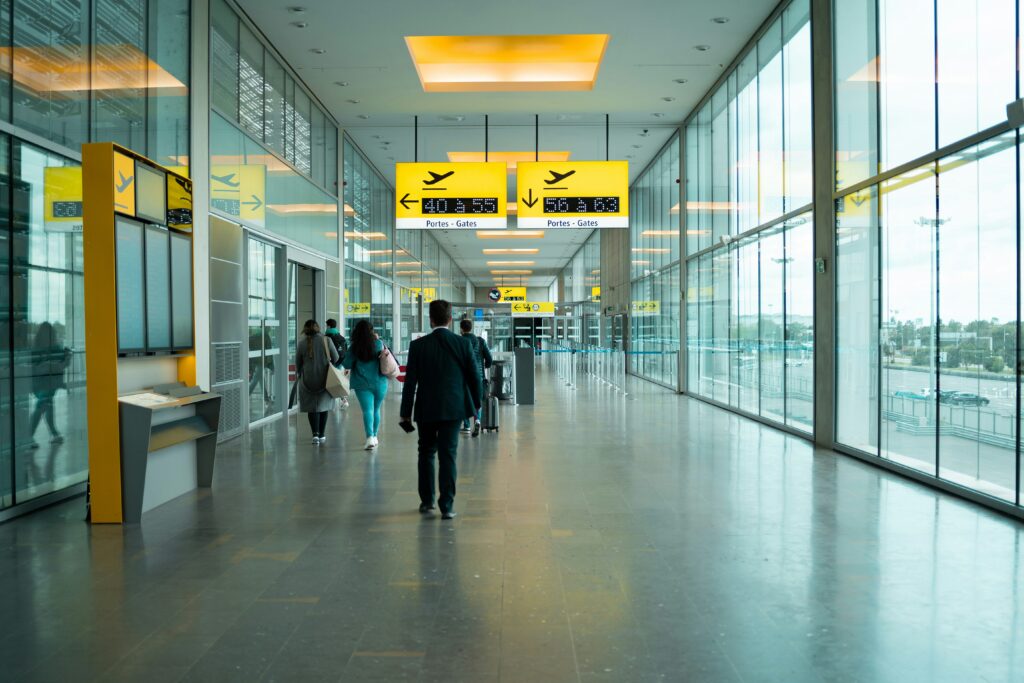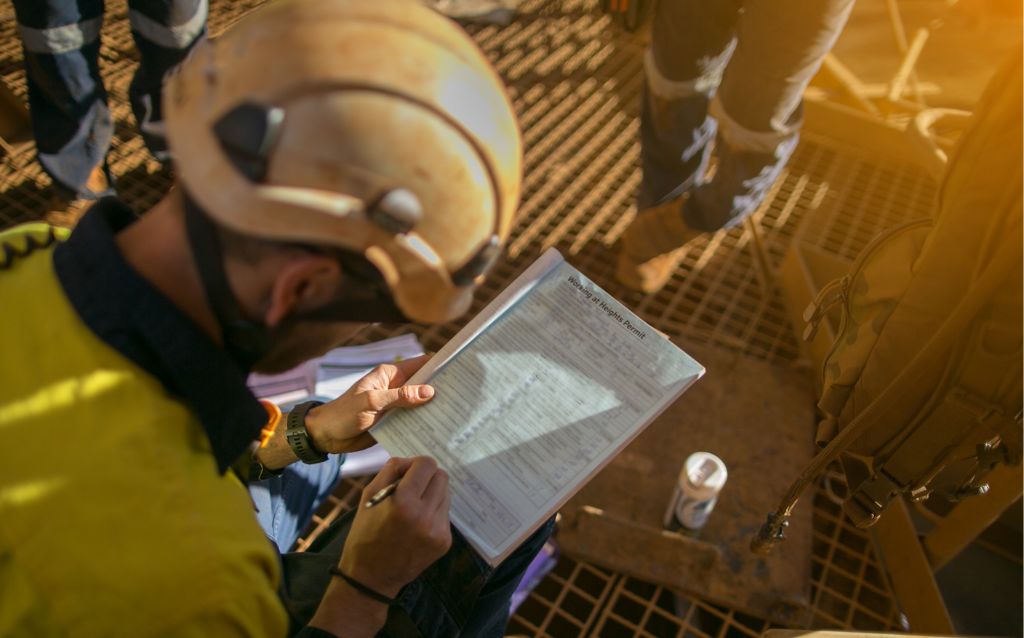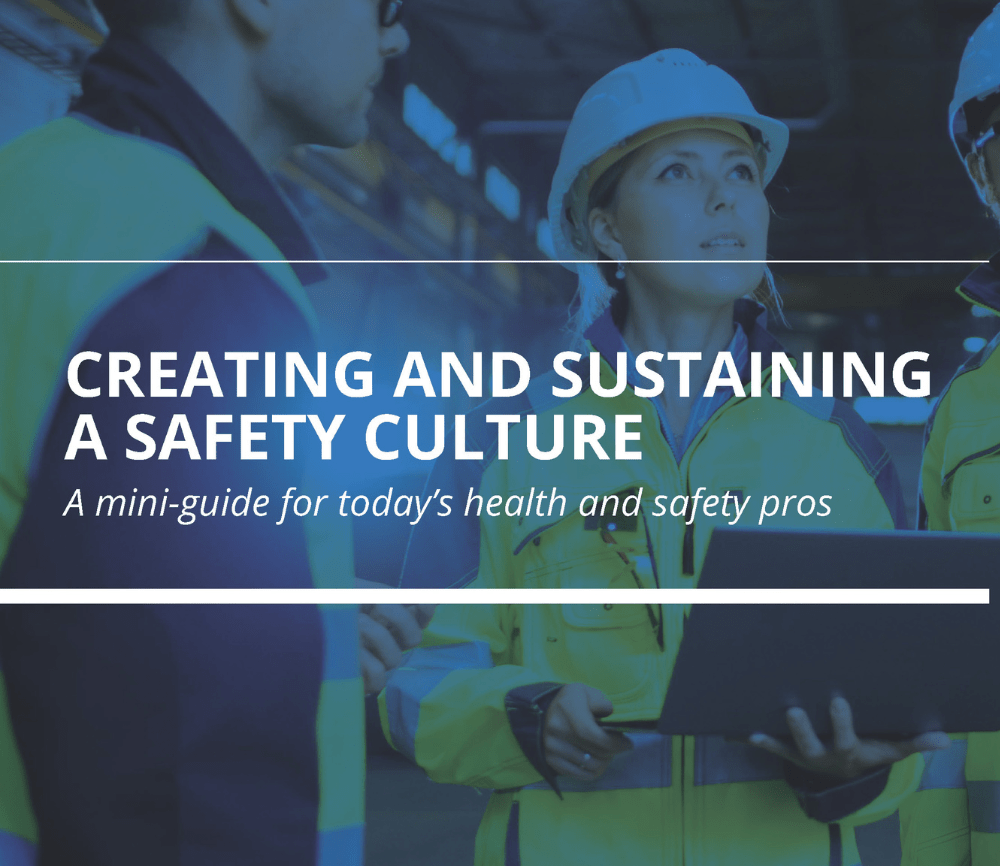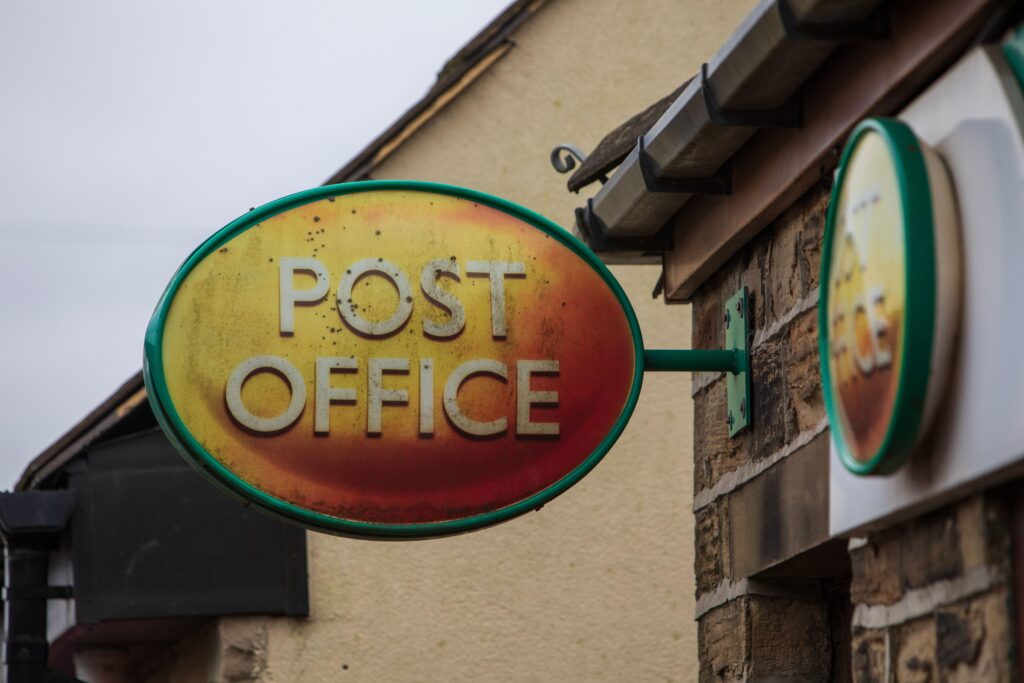[i] Harter, J K., Schmidt, F. L. , Killham, E. A., & Asplund, J. W (2006). Q12® Meta-Analysis. Gallup Consulting;
[ii] Lockwood, N. R. (2007). Leveraging employee engagement for competitive advantage: HR’s strategic role. HR magazine, 52(3), 1-11.
[iii] Rothman, A. J. (2000). Toward a theory-based analysis of behavioral maintenance. Health Psychology, 19(1S), 64.
[iv] Lally, P., Van Jaarsveld, C.H.M., Potts, H. W.W. & Wardle, J. (2010). How are habits formed: Modelling habit formation in the real world. European Journal of Social Psychology, 40, 998–1009.
[v] Cooper, M.D. (2009). Behavioral Safety: Process Design Considerations. Professional Safety, 54 (2), 36-45.
[vi] Cooper, M.D. (2000). ‘Towards a Model of Safety Culture’. Safety Science, 32 (6), 111-136.
[vii] Cooper, M.D. & Finley, L.J. (2013). Strategic Safety Culture Roadmap. BSMS, Franklin, IN
[viii] Cooper, M.D. (2010). Safety Leadership In Construction: A Case Study. Italian Journal of Occupational Medicine and Ergonomics: Suppl. A Psychology, 32(1), pp A18-A23.
[ix] Pettigrew, T. F. (1998). Intergroup contact theory. Annual Review of Psychology, 49(1), 65-85.
[x] Cooper, M.D. & Phillips, R.A. (2004). Exploratory analysis of the safety climate and safety behavior relationship, Journal of Safety Research, 35, 497 – 512.






















